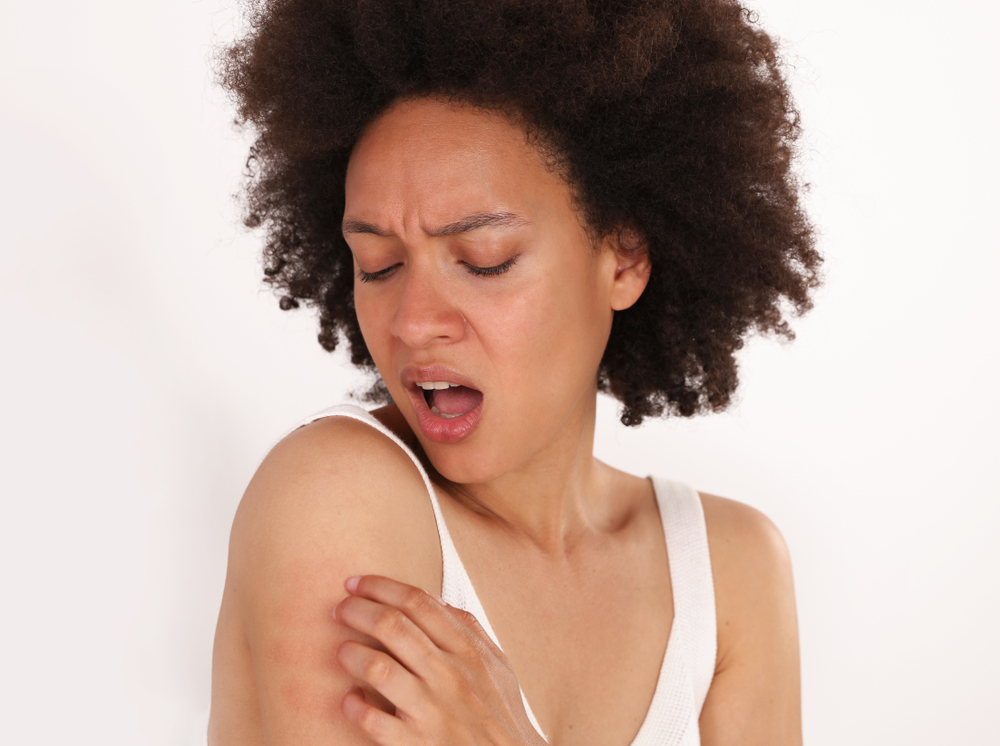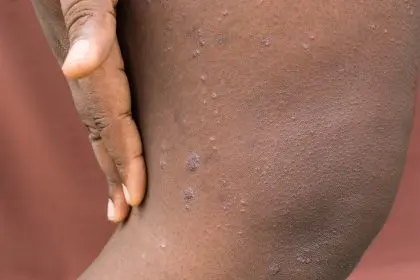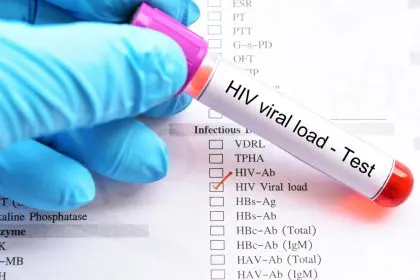Understanding the causes of allergic reactions and rashes can help you find relief faster and prevent future flare-ups
Allergic reactions and rashes affect millions of people worldwide, often appearing suddenly with no obvious cause. These uncomfortable skin conditions can range from mildly irritating to severely debilitating, disrupting daily life and causing significant distress. While common triggers like pollen, pet dander, and certain foods are well-known, many people suffer from mysterious rashes with origins that remain elusive. This comprehensive guide explores seven frequently overlooked causes of allergic skin reactions that might be the culprit behind persistent or recurring skin issues.
Hidden household allergens
The home environment contains numerous potential allergens that often go undetected. Many people experience allergic reactions to dust mites, microscopic creatures that thrive in bedding, upholstered furniture, and carpets. These tiny organisms feed on dead skin cells and can trigger significant skin reactions in sensitive individuals. Regular washing of bedding in hot water and using allergen-proof mattress and pillow covers can reduce exposure.
Mold represents another hidden household trigger that flourishes in damp areas like bathrooms, basements, and around leaky pipes. Mold spores can cause allergic skin reactions ranging from mild redness to severe rashes. Keeping indoor humidity levels between 30-50% and promptly fixing any water leaks helps prevent mold growth.
Cleaning products contain various chemicals that can irritate sensitive skin. The residue from laundry detergents, fabric softeners, and dryer sheets often remains on clothing and bedding, maintaining prolonged contact with skin. Switching to fragrance-free, hypoallergenic products specifically formulated for sensitive skin may alleviate symptoms for many sufferers.
Unexpected food triggers
Food allergies represent a common cause of skin reactions, but many people overlook connections between certain foods and their skin symptoms. While peanuts, shellfish, and dairy products are well-known allergens, numerous foods can cause delayed hypersensitivity reactions that appear hours or even days after consumption.
The first surprising food trigger involves nightshade vegetables, including tomatoes, peppers, potatoes, and eggplants. These plants contain alkaloids that can trigger inflammatory responses in susceptible individuals. Elimination diets that temporarily remove nightshades can help determine if these vegetables contribute to skin reactions.
The second food category frequently linked to skin issues includes high-histamine foods and histamine liberators. Aged cheeses, fermented foods, cured meats, and certain fish naturally contain high levels of histamine or trigger its release in the body. For people with histamine intolerance, consuming these foods can lead to flushing, hives, and other skin manifestations.
Food additives represent the third potential culprit, with preservatives like sulfites and benzoates, artificial colorings, and flavor enhancers such as monosodium glutamate (MSG) capable of triggering allergic reactions. Reading ingredient labels carefully and maintaining a food diary can help identify correlations between specific additives and skin symptoms.
Environmental factors beyond pollen
Environmental triggers extend far beyond seasonal pollen. Temperature fluctuations frequently exacerbate existing skin conditions or trigger new reactions. Cold urticaria causes hives upon exposure to cold temperatures, while heat rash develops in hot, humid conditions when sweat ducts become blocked. Understanding how temperature affects your skin can help you take preventive measures during seasonal changes.
Sunlight sensitivity, or photosensitivity, occurs when the immune system reacts to sunlight, causing rashes on exposed skin areas. This reaction sometimes happens independently but often results from medications or topical products that enhance sensitivity to UV radiation. Common photosensitizing medications include antibiotics, non-steroidal anti-inflammatory drugs, and certain diuretics.
Water quality variations throughout different regions can significantly impact skin health. Hard water contains high mineral concentrations that leave residue on skin and clothing, potentially causing irritation. Additionally, chlorine and other chemicals in tap water may trigger reactions in sensitive individuals. Installing water filters or using bottled water for facial cleansing might provide relief for those with reactive skin.
Stress and emotional triggers
The connection between psychological stress and skin reactions has gained increasing recognition within the medical community. During stress responses, the body releases hormones like cortisol and adrenaline that can trigger inflammation and immune system changes, potentially resulting in hives, eczema flares, or psoriasis outbreaks.
Chronic anxiety often manifests physically through various skin conditions. Research indicates that prolonged stress impairs skin barrier function, making it more susceptible to irritants and allergens while slowing healing processes. Implementing stress management techniques such as meditation, deep breathing exercises, or regular physical activity can improve both mental well-being and skin health.
Sleep deprivation similarly compromises immune function and skin repair mechanisms. During sleep, the body undergoes essential restoration processes, including skin cell regeneration. Poor sleep quality or insufficient duration can exacerbate existing skin conditions and lower the threshold for allergic reactions. Establishing consistent sleep routines and creating a restful environment can support skin health alongside overall wellness.
Medication-induced reactions
Prescription and over-the-counter medications frequently cause skin reactions that may be misattributed to other causes. Antibiotics top the list of medications associated with allergic skin manifestations, with penicillins and sulfonamides being common offenders. These reactions can range from mild rashes to severe, life-threatening conditions.
Non-steroidal anti-inflammatory drugs (NSAIDs) like ibuprofen and naproxen represent the second medication category commonly linked to skin reactions. These widely used pain relievers can cause various cutaneous symptoms, including urticaria, angioedema, and photosensitivity reactions. For sensitive individuals, acetaminophen might offer a safer alternative.
Antihypertensive medications used to treat high blood pressure constitute the third group frequently associated with skin reactions. ACE inhibitors, beta-blockers, and calcium channel blockers can all trigger dermatological side effects. Never discontinue prescribed medications without medical consultation, but discussing alternative options with healthcare providers may help address persistent skin reactions.
Contact allergens in personal care products
Personal care products contain numerous potential allergens that directly contact skin daily. Fragrances rank among the most common sensitizers in cosmetics, skincare products, and toiletries. Even products labeled “unscented” may contain masking fragrances that neutralize odors while still triggering reactions in sensitive individuals. Selecting products specifically labeled “fragrance-free” offers better protection.
Preservatives necessarily extend product shelf life but frequently cause allergic reactions. Parabens, formaldehyde-releasers, and methylisothiazolinone represent common preservative allergens found in everything from moisturizers to shampoos. Patch testing can help identify specific preservative sensitivities to guide product selection.
Active ingredients in anti-aging and acne treatments often cause irritation or allergic reactions due to their potent nature. Retinoids, alpha-hydroxy acids, benzoyl peroxide, and various botanical extracts can trigger reactions even in people without previous skin sensitivities. Introducing these products gradually and performing patch tests before regular use helps minimize adverse reactions.
Fabric and clothing considerations
Synthetic fabrics like polyester, nylon, and acrylic frequently cause skin irritation through reduced breathability, friction, and chemical content. These materials trap heat and moisture against the skin, creating ideal conditions for irritation and allergic reactions. Natural fibers such as cotton, linen, and silk generally provide better options for sensitive skin, allowing better airflow and less friction.
Clothing dyes contain complex chemical compounds that can trigger allergic contact dermatitis. Disperse dyes used in synthetic fabrics represent particularly common allergens. Washing new clothing multiple times before wearing helps remove excess dye and finishing chemicals.
Textile finishes applied to enhance wrinkle resistance, water repellency, or flame retardation often contain formaldehyde resins and other potential sensitizers. These treatments can remain through multiple washings, causing persistent reactions. Choosing untreated fabrics and avoiding clothing labeled “wrinkle-free” or “stain-resistant” may help reduce exposure to these irritants.
Understanding these seven categories of potential triggers provides a framework for identifying the causes behind mysterious allergic reactions and rashes. By systematically evaluating possible culprits and making targeted lifestyle modifications, many people find significant relief from persistent skin conditions. Consulting healthcare providers remains essential for proper diagnosis and treatment, particularly for severe or persistent reactions.
















